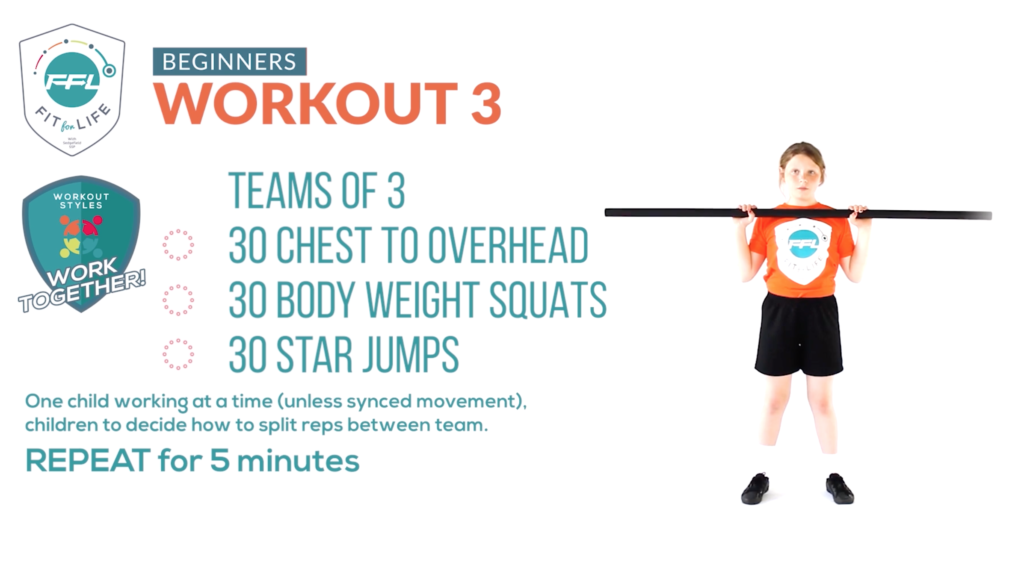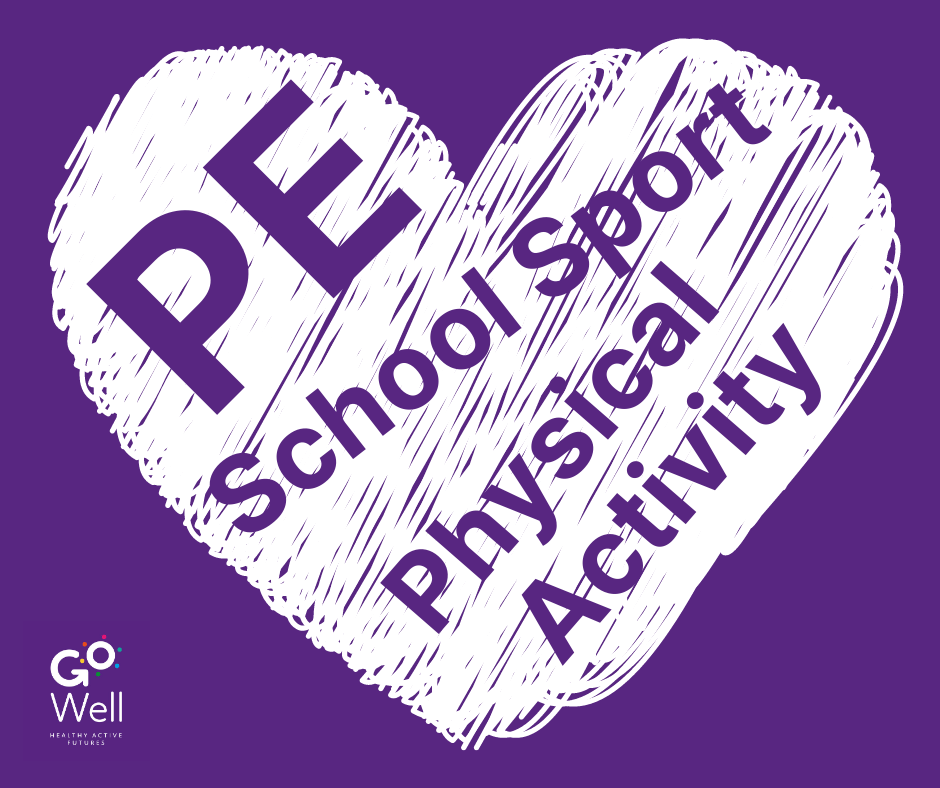We have seen a significant boom in the inclusion of fitness based sessions in Primary Schools following the popularity of ‘PE’ with Joe in lockdown and the concerns over decreasing fitness levels of children that became evident.
I say PE in inverted commas as I think it is fair to say that, on behalf of PE practitioners in my team that Joe Wicks MBE provided a fitness session as opposed to a physical education lesson.
Children following the instructor on the screen like for like, for me, has its limitations. Yes, children are moving but:
- How do we ensure children are performing the correct technique?
- How do the children know if they are working at the right intensity levels?
- How do we keep them engaged and interested in the long term?
- What are they learning?
In an education setting, I feel like we can achieve so much more. We are missing a trick in what more a fitness session can bring to our children.
How to design Fitness sessions to incorporate Personal Development
I want to write today about how we can make the best use of a fitness session, in an education setting, whether that be within a PE lesson or as part of Active 30 provision, to bring about personal development.
We know schools have very little time in their day to fit in everything they have to and want to do. With a well-planned and prepared fitness programme we can make a significant impact not only on physical health, mental health but on character building too – all at the same time.
Intent is a word used a lot now in education; if our intent is to incorporate character building to our session then how we design the session is key.
Here are a few tips on what you can do to develop the following skills/values through fitness sessions:
Resilience/Determination
Fitness itself should be a tough exercise to take part in. The aim is to get out of breath and sweaty, to be in the moderate to vigorous intensity zone and stay there. Children can find this difficult (as can adults!). Quite often we see children giving up when it gets a little tough. So how we can encourage them to keep going? We encourage two key things in this area:
Reward effort
For us, one of the key aims of a fitness session is to be working in the right intensity zone. Whether that takes me 100 reps or 10 it really doesn’t matter. Reward effort, reward the children working at the right intensity levels and doing their best. You can access our Rate of Perceived Exertion to help with this.
Set personal goals
We do not advocate making all workouts competitive at a primary age, but seeing progress can motivate a young person to keep going and be determined. Perhaps pick a few workouts or challenges to use as a measure of fitness, complete them in Week 1 and repeat them in Week 6 with the aim of achieving their personal best.
Teamwork/Communication
We can design workouts where teamwork and communication are required to be successful. See below a work together workout from our Fit for Life programme. Here the children have to work in a pair to complete the workout; they will have to communicate with each other and work together to complete it. A personal favourite is adding ‘synced’ movements, where all team members have to complete a movement at the same time, such as a burpee. To do this successfully they have to talk to each other, perhaps even communicate non verbal when they are out of breath to stay in sync!

Problem Solving/Strategising
We can design team workouts where children have to work together to create a strategy of how best to complete the workout. Let the children discuss and decide how to split up the reps, give them an aim as this may change their strategy e.g. the aim is for everyone to be working at moderate to vigorous intensity, the aim is to complete the challenge in the fastest time, the aim is to get as many reps as possible, the aim is to perform the movements with the highest quality.
In an individual workout we can provide a rep scheme that involves some decision making and strategy forming. E.g.
Complete in any order:
- 50 squats
- 50 press ups
- 50 lunges
- 50 torso twists
Do you work through doing 50, 50, 50, 50? Or do you 10 of each until it’s complete? 5 of each? Pair the movements? Easiest first? There are so many options to assess and decisions to make! It will make for a fascinating discussion back in the classroom.
Also, you can allow multiple attempts at the same workout to allow different strategies to be tested.
Empathy/Compassion
There should be no one in the class finding the fitness session easy. If they are, you aren’t challenging them enough or they aren’t challenging themselves enough. We are all going to find ourselves struggling at some point in a fitness session, whether we can’t crack a move or we are totally out of breath and don’t think we can do another rep. If we find ourselves in this position in an individual workout we will need some encouragement from our peers. If we find ourselves in this position in a group workout we will need the support of our peers and they’ll know how we’re feeling at some point! But it can stretch a little wider than that, we now all know how it can feel to struggle at something and we can empathise with others when they struggle too, in any area of life.
For all of the above, they won’t just happen with good design. Fitness doesn’t teach personal development – we do.
Fitness is one of the mediums/activities that we can use to do it. How we design our sessions, what questions we ask, what discussions we prompt before, during and after a session helps children to learn and develop these key life skills/values.
If you haven’t got time to plan and prepare a fitness programme like this for your class or school but are interested in the concept, do get in touch – we can help.



